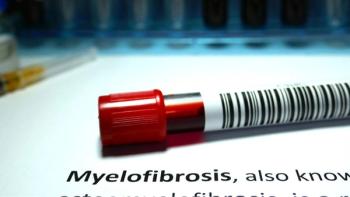
Carvykti After Targeted Therapy May ‘Open a Window’ for Patients with Relapsed/Refractory Myeloma
Carvykti and other drugs prove that there are still options for patients whose myeloma got worse on prior therapies.
Carvykti (cilta-cel), a type of
“These are positive news for the patients since it opens a window to those that have failed noncellular BCMA therapies. However, we still need to define who are the best candidates for (Carvykti) treatment after other BCMA-targeting therapy,” explained Dr. Jesus F. San-Miguel, author on the study and director of clinical and translational medicine at the University of Navarra in Spain, in an interview with CURE®.
BCMA-targeted therapies, such as bispecific antibodies and antibody drug conjugates, have demonstrated to be promising treatments for multiple myeloma; however, some patients may still progress on treatment, meaning that their disease continues to grow, and have limited options after. The purpose of this study was to evaluate the safety and efficacy of Carvykti in patients with multiple myeloma who have exhausted treatment options after BCMA-targeted therapy.
At a median follow up of 11.3 months seven patients were minimal residual disease-, or MRD-, negative, meaning no disease was detected after treatment. Of note, the study, which was published in the journal Blood, was based on a small sample size of 20 patients.
Overall response rate (the rate of a measurable response to the treatment) was 60% and progression-free survival (time during and after treatment when the patient lives without disease getting worse) was 9.1 months. There was also a duration of response (the time the disease responds to a treatment without growth or spread) of 11.5 months.
“This is not a long (progression-free survival), but it is important to consider that these patients had failed everything and eight out the 20 patients maintained the response at the time of this report,” San-Miguel said.
Many of these patients have often run out of avenues to go down when they get to this point, so it is important to continue developing options for them. There is continuous growth every year in the space and one year there may be a dug that could “open the door to such a patient to be rescued in case of relapse with another new drug or drug combination that has demonstrated efficacy in the meantime,” he noted.
San-Miguel noted that targeting BCMA is not the only option to kill myeloma cells that is being evaluated right now. There are other targets such as GPR5D, FcRH5, SLAMF7 — and some evidence shows that a patient who fails a BCMA target may have one that is targeted to GPR5D.
“Therefore, the final message is that (there is) life still after falling one specific therapy,” he concluded.
For more news on cancer updates, research and education, don’t forget to




